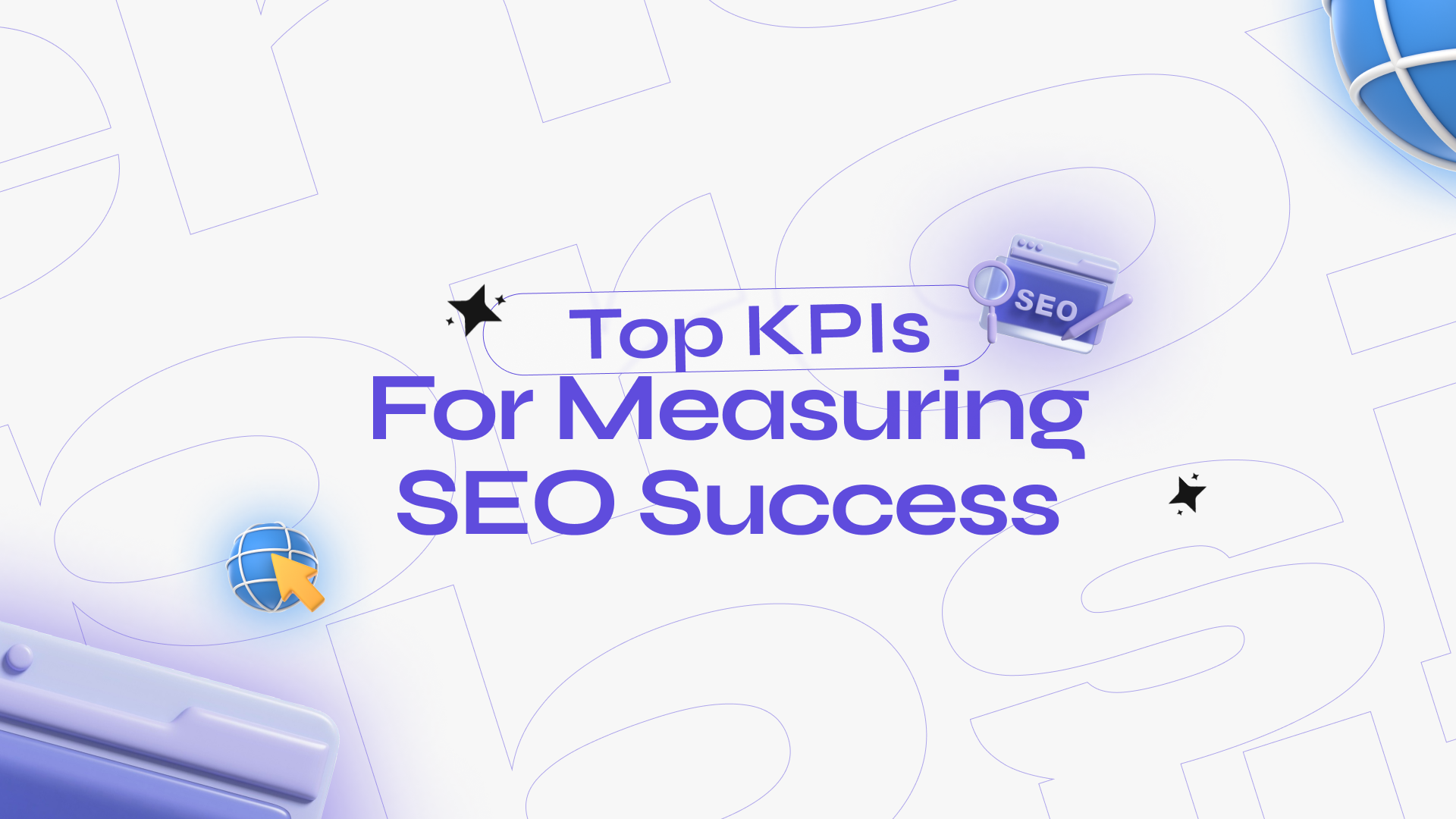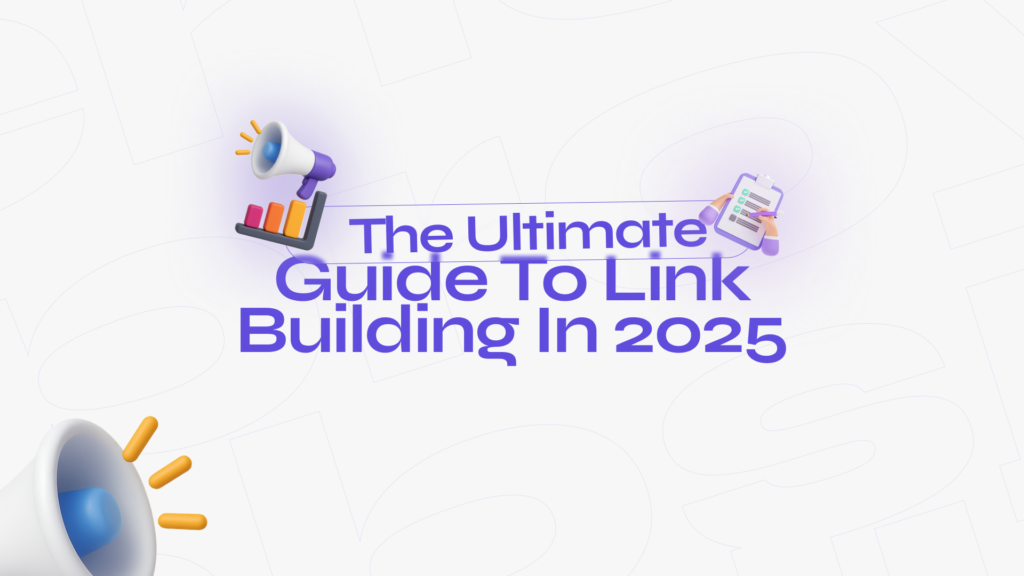When you do SEO work, you need clear goals. Key Performance Indicators (KPIs) tell you if your SEO efforts are working. At Agencify Digital, we believe monitoring the right KPIs is essential because they show if traffic, visibility, and revenue are improving. Below are the top KPIs you should track to measure SEO success, why they matter, and how to use them effectively.
1. Organic Traffic
What it is: The number of visitors who come to your website through search engines without paid ads.
Why it matters: You want people to find your site naturally. More organic traffic means your content and keywords are being discovered by the right audience.
How to use it: Track monthly and weekly organic sessions in tools like Google Analytics and Google Search Console. Look for trends. Are you growing or losing visitors? If traffic drops, investigate content changes, keyword targeting, or technical issues.
Tip: More traffic is good only if visitors engage or convert.
2. Keyword Rankings
What it is: How well your pages rank for target keywords on search engine results pages (SERPs).
Why it matters: High rankings for the right keywords lead to more visibility and clicks. Ranking on Page 1 usually drives most of the traffic.
How to use it: Select a set of primary keywords and track their positions over time. Tools like Semrush, Ahrefs, and Moz are helpful. Also monitor secondary keywords. When ranking drops, review content quality, backlinks, and on-page SEO to recover.
3. Click Through Rate (CTR)
What it is: The percentage of people who click your website after seeing it in search results.
Why it matters: Even if you rank high, a low CTR means your title tag or meta description is not convincing. Improving CTR brings more traffic without needing a higher ranking.
How to use it: Monitor CTR in Google Search Console. Test different title tags and meta descriptions for your main pages. Small improvements can deliver meaningful traffic gains.
4. Conversion Rate from Organic Traffic
What it is: The percentage of organic visitors who complete a goal such as a purchase, form submission, or signup.
Why it matters: Traffic only matters if it leads to results. Conversion rate shows how well your content satisfies user intent and supports business goals.
How to use it: Define what counts as a conversion. Track it using Google Analytics or another analytics platform. Compare conversion rates by page and by traffic source. If a page has high traffic but low conversions, optimize it with better copy, calls to action, or improved design.
5. Search Visibility
What it is: How often your site appears in search results for target keywords. This includes impressions and share of voice.
Why it matters: High visibility means more opportunities for clicks and brand awareness. If visibility drops, fewer people even see your site.
How to use it: Check Search Console impressions or use SEO tools with visibility tracking. Track progress for your most valuable keyword set.
6. Engagement Metrics
What it is: How users behave after arriving on your site. Metrics include bounce rate, pages per session, and time on page.
Why it matters: Strong engagement means your content meets user expectations. Poor engagement can signal irrelevant content, slow page speed, or poor design.
How to use it: Monitor engagement in Google Analytics. For pages with high bounce rates, review the layout, readability, or speed. Better visuals, clear headings, and concise writing can help.
7. Backlinks and Referring Domains
What it is: The number and quality of websites linking to yours. Referring domains count the unique sites linking back.
Why it matters: Backlinks act as votes of confidence and remain one of the strongest ranking factors. A diverse backlink profile usually leads to better authority and rankings.
How to use it: Track backlinks using Ahrefs, Moz, or SEMrush. Monitor links gained and lost. Focus on earning links from reputable sites. If you find harmful links, disavow them.
8. Technical SEO Metrics
What it is: Site health factors like page speed, mobile usability, crawl errors, and index coverage.
Why it matters: Even great content will not rank if your site has technical issues. Search engines prefer fast, well-structured, and error-free websites.
How to use it: Use Google Search Console to track indexing status and errors. Run speed and Core Web Vitals tests with PageSpeed Insights. Fix slow pages, missing meta tags, or broken links promptly.
9. ROI from Organic Search
What it is: The revenue or value generated from SEO compared to the cost of running SEO campaigns.
Why it matters: SEO should not just bring traffic but also drive profit. Tracking ROI shows the real business impact.
How to use it: Attribute conversions and sales to organic traffic using analytics tools. Compare revenue generated with the cost of SEO (content, tools, link building, etc.).
Final Thoughts
Tracking SEO success is about more than looking at traffic. The right KPIs show you what is working, what needs improvement, and where to focus next. For Agencify Digital, we recommend building a monthly KPI dashboard that includes organic traffic, keyword rankings, CTR, conversions, backlinks, and technical health. Reviewing these metrics regularly allows you to take fast action when a metric drops and keep your SEO strategy focused on results that grow the business.





